Exclusive Treatments
Breast lift
Changes to the breasts can be dissatisfying and make a woman feel as if she is losing her femininity and youthfulness. Over time, factors such as age, genetics, pregnancy, and breastfeeding, and weight and hormonal fluctuations can change the appearance of the breasts. Breasts that were once firm and shapely may begin to sag giving them a loose or heavy appearance. A breast lift, or mastopexy, can help restore a firmer, shapelier breast, which will improve body contours and give the breasts a perky, youthful appearance.
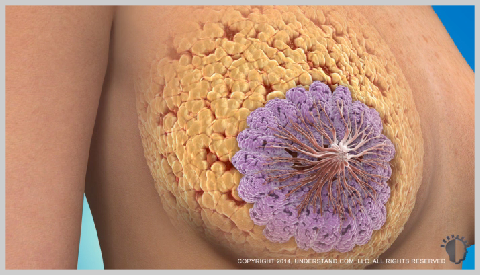
BREAST ANATOMY
It’s important to understand the structure of the breast in order to understand why breast shape changes over time. Your breasts are made up of primarily fatty (adipose) and glandular tissues which determine the size and shape. Firmness and lift are influenced by how well ligaments connected to the chest wall support your breasts. The fatty tissue and ligaments surround the milk-producing glandular tissue (lobules) and milk ducts. Breasts also contain blood vessels and lymph vessels that help the body fight off infection. The pectoralis muscles lie underneath the breasts, separating them from the chest wall. The breast does not contain muscle tissue, except for tiny muscle fibers in the nipple. The circular, darker region around the nipple is called the areola, and the nipple and areola region together form the nipple-areola complex.
contact us and book the tour of your dreams
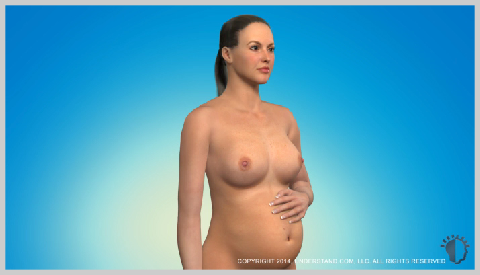
What causes breast to change shape
While many factors contribute to the sagging of the breasts, the aging process and the effects of gravity play a primary role in breast changes. Over time, the skin around the breast loses its elasticity due to a gradual breakdown of the skin’s support network. Additionally, the suspensory ligaments that attach the breast to the chest wall weaken and stretch in response to gravity. Changes in the breasts during pregnancy and breastfeeding also play a part in the development of sagging breasts. Breast enlargement during pregnancy and breastfeeding causes the skin to stretch. Following pregnancy, the breasts reduce in size and the skin that was once stretched becomes loose and sags. Lastly, fluctuations in your weight and hormones can cause your breasts to change in appearance. In combination, these factors can cause the breast to sag and the areolae to enlarge and point downward.
Start Now
Get discounts
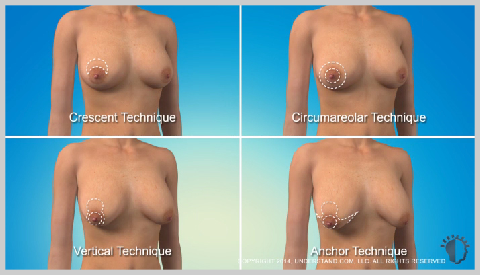
surgical Procedures
During a breast lift procedure, excess skin is removed, the breast tissue is reshaped, and the remaining skin is tightened. Additionally, large areolae may be reduced in size and moved to face forward. As a result, the overall shape of the breasts is improved as they are lifted to a new, upright position.
Your physician will assess the degree of sagging, or ptosis, of your breasts to determine the type of breast lift procedure that is best for you. There are generally three degrees sagging, which are classified as minor, moderate, and severe. These classifications are determined by the position of the areola. There are four basic breast lift techniques known as the crescent, circumareolar, vertical, and anchor technique, used to correct various degrees of sagging.
The crescent, or periareolar, technique involves a crescent, or halfmoon shaped incision made around the top of the areola. This technique is a minimally invasive procedure that achieves a small degree of lift. This technique is appropriate for individuals with small breasts or minor breast sagging.
The circumareolar, or doughnut, technique involves a circular incision made around the areola. This technique is a minimally invasive procedure that achieves a small degree of lift and can be used to reduce areola size. This technique is appropriate for individuals with small breasts or minor breast sagging.
The vertical, or lollipop, technique involves a v-shaped incision that extends around the top of the areola and down the midline of the breast. This technique is more invasive and it achieves a large degree of lift. This type of incision is appropriate for individuals with larger breasts and moderate to severe breast sagging.
The anchor, or inverted T, technique involves an anchor-shaped incision that extends around the top of the areola and across the lower portion of the breast. This technique is the most invasive and it achieves the greatest amount of lift. This technique is appropriate for individuals with large breasts and severe breast sagging. This animation will explain the anchor technique, which is one of the most common breast lift techniques performed today.
Great People. Amazing Surgeon. Beautiful Staff.
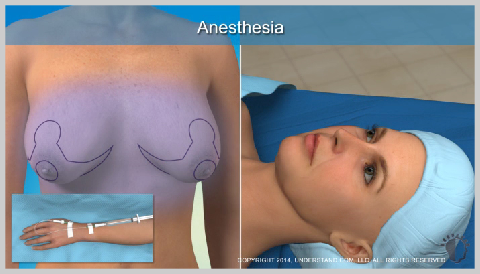
surgical preparation
Breast lift procedures typically last one to two hours depending on the complexity of the procedure and whether an additional procedure, such as breast augmentation, is performed at the same time. Your surgeon will draw incision guidelines on your breasts. If the size of the areola is being reduced, the incision guidelines will show this change. Before surgery, an anesthetic will be administered. Your surgeon will determine whether local anesthesia with IV sedation or general anesthesia will be used.
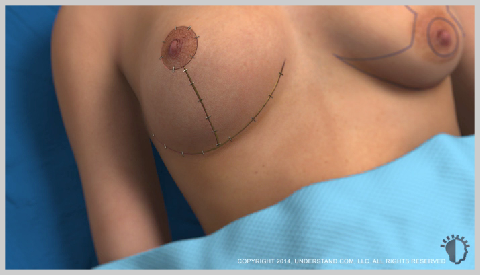
Procedure
The physician carefully makes incisions along the pre-marked lines. The upper incision extends above the border of the areola. This area marks the new upper edge of the areola. The area below the areola will be pulled together and tightened, lifting the breast. Using a variety of surgical instruments, the physician lifts the skin and separates it from the tissues below. While the breast skin is removed, the areola nipple complex is left intact. Some doctors may choose to use internal sutures within the glandular tissue or a mesh product to give the breast additional support. Once the excess skin has been removed, the new skin edges are brought together and temporarily held in place with surgical staples or clamps and the nipple-areola complex is slid into its new, higher position, revealing the basic shape of the new breast. The physician will close the incision by placing internal, dissolvable sutures around the new border of the areola and along the skin edges. Some physicians choose to place external sutures along the incision as well. Before closing the incision completely, the physician may place a surgical drain inside each breast. Lastly, surgical tape or bandages are applied to protect the incision sites as you heal.
Our Goal is Your Happiness .
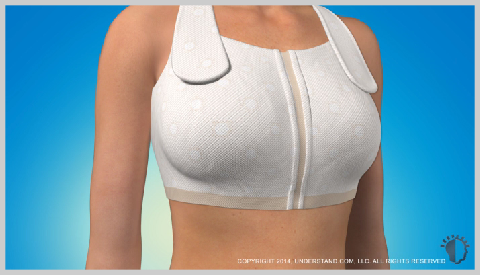
recovery
Breast lift procedures are typically done in outpatient surgery facilities, meaning you should be ready to go home the same day, usually within one to two hours following surgery. Before you leave, your doctor may fit you with a compression dressing or bra to help reduce swelling by preventing fluid buildup, as well as provide comfort and support as you heal. You may also be prescribed medication to manage your pain for the first few days and as needed. It is a good idea to allow yourself several days to recover before resuming your daily activities. Be sure to follow your surgeon’s recovery plan, including activity and lifting restrictions, to avoid complications and allow your body time to heal. If surgical drains are present, they, along with any bandages, will likely be removed within the first week following surgery, while any non-dissolvable stitches may stay in place for seven to ten days. Dissolvable sutures will be absorbed by the body in about four to eight weeks. You may experience some minor pain, bruising, and swelling, as well as numbness around the areola, all of which should decrease in several weeks.
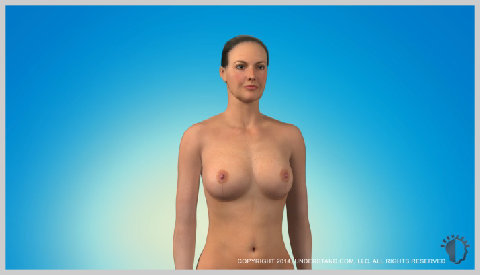
Results
You will notice a dramatic difference in the shape and position of your breasts immediately following your procedure. You may continue to notice a change in the appearance of your breasts as swelling decreases. It may take up to one year before the final results from your procedure are apparent. Although you will have permanent scars following a breast lift, the scars may slowly fade to thin, white lines with time. It is important to realize that if you become pregnant after having a breast lift, the effects of pregnancy and breast feeding may affect the results and cause your breasts to sag and change shape. A breast lift cannot stop the aging process, but it can improve the position of your breasts and create the shapelier appearance that you desire for years to come.

